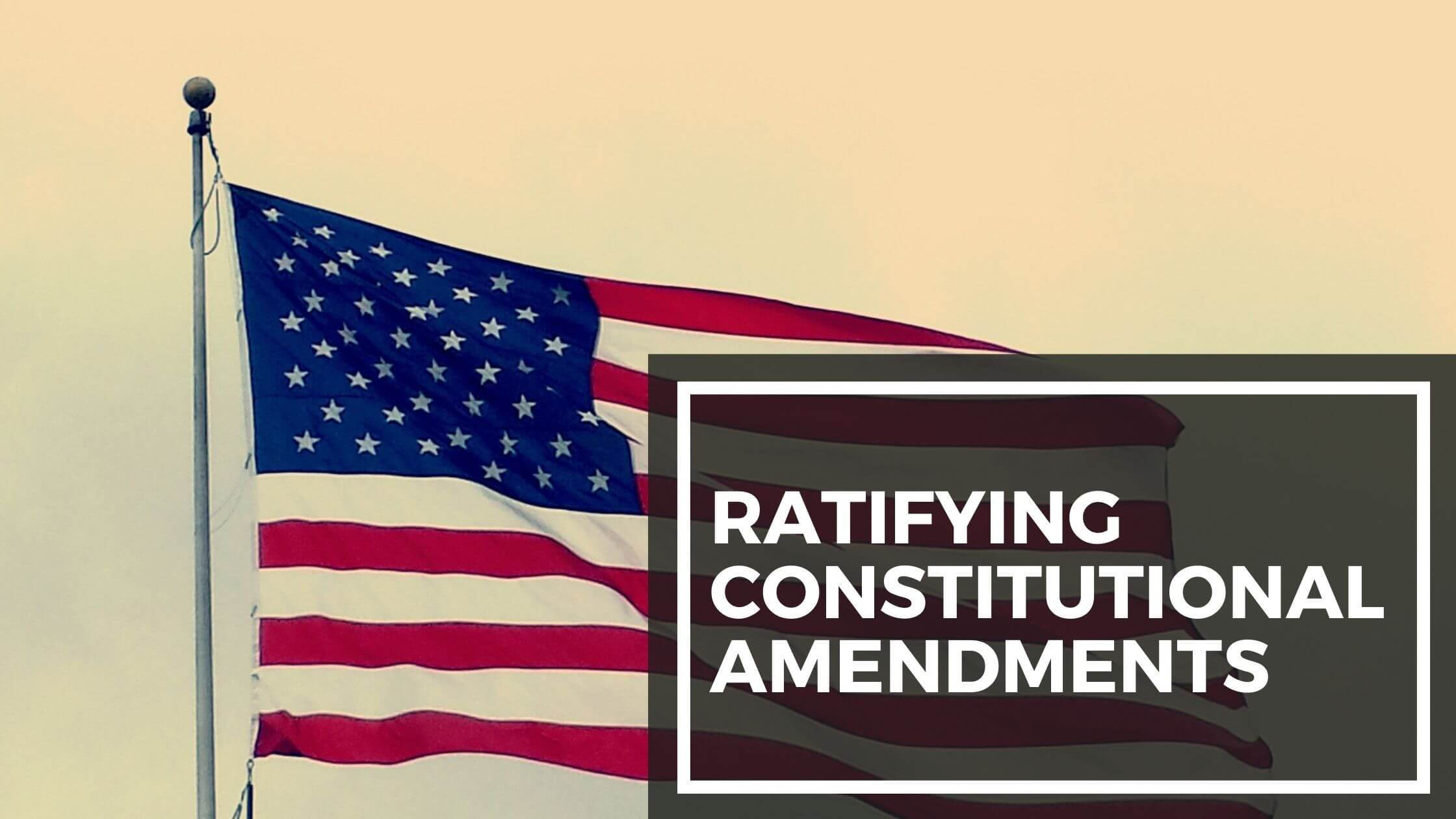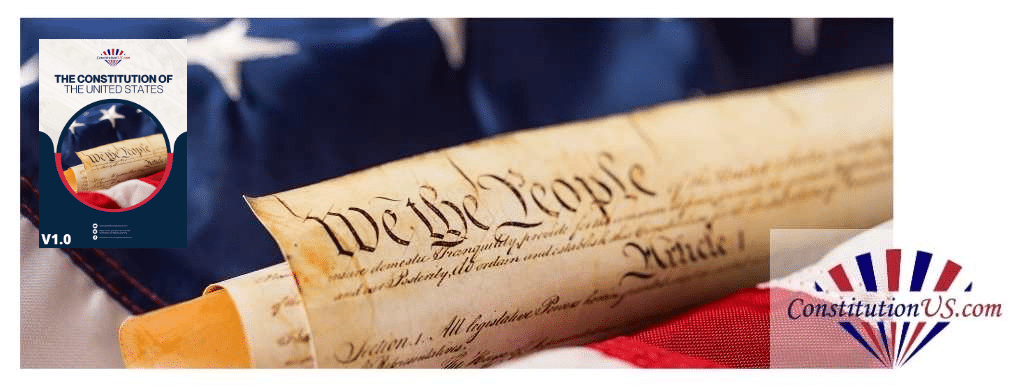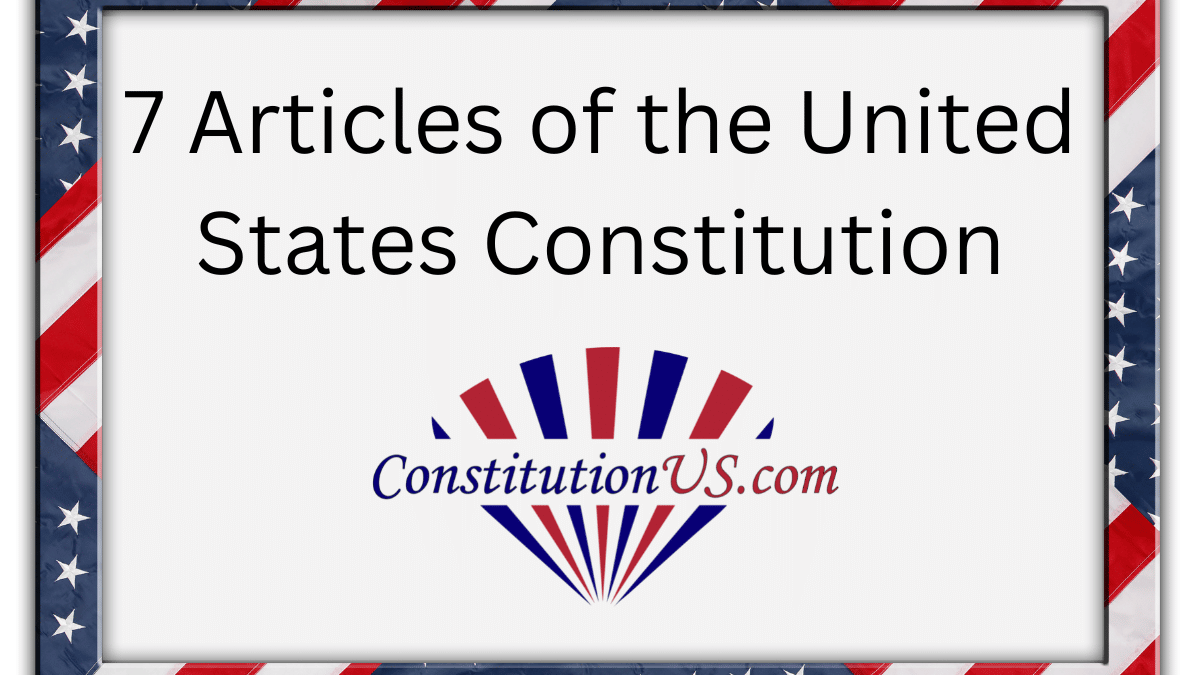Table of Contents
ToggleAlthough it was introduced around the same time, the Bill of Rights is separate from the main constitution.
The Bill of Rights consists of the first 10 amendments to the constitution.
When was the Bill of Rights ratified?
The Bill of Rights was ratified on December 15th, 1791. However, the process was not so simple as some states were not so open to accepting it at first.
Read on to find out how the Bill of Rights was actually ratified.
Bill of Rights
The Bill of Rights is arguably one of the most important sections of the United States Constitution. It is the first ten amendments made to the original constitution, which protects the individual rights of citizens from potential abuses of rights from the federal government.
However, the Bill of Rights was not accepted outright and without question. It took over two years of debate for the Bill of Rights to be officially included in the constitution adopted by Congress in 1788.
The majority of the first thirteen states ratified the constitution and subsequently the Bill of Rights in 1787, 1788, and 1789, although Rhode Island did not agree to ratify it until later in 1790.
Why Was the Bill of Rights Written?
The constitution did not originally include the Bill of Rights in the document’s earlier versions.
After the conclusion of the Revolutionary War, which gave the United States its independence from Britain, the Second Continental Congress adopted the Articles of Confederation.
However, this early version of the constitution proved inadequate for governing the young country.
Instead of forming a strong central government that united the states, it fostered friendly relations between each state, which largely remained its own separate and independent entity.
Without the power to properly unite the states under one governing body, the Articles of Confederation quickly fell by the wayside and emphasized the need for a document with greater authority to keep the states working together as one.
The Creation of the Constitution
Thus, the first draft of the document, which would eventually become the United States Constitution, was proposed to the Second Continental Congress on August 6th, 1787.
However, this first draft quickly came under fire from the delegates present. In the initial debates surrounding this draft, the northern and southern states quarreled over the federal government’s authority to regulate trade, particularly the slave trade.
George Mason, a Virginian, was the first to suggest the addition of a Bill of Rights to delineate the individual rights of citizens. However, his suggestion would go largely ignored for nearly two years.
After three months of debate over the first draft, a more agreeable document was formed by December 1787. However, for the constitution to become the official law of the land, at least nine of the thirteen states had to agree to ratify it.
Ratification of Bill of Rights by the First 5 States
After the first five states – Delaware, Pennsylvania, New Jersey, Georgia, and Connecticut ratified the new constitution, the remaining states hesitated to agree to its terms.
This was because it did not include the protection of basic political rights from abuse by the federal government. Thus, the need for a Bill of Rights rose once again.
An agreement was finally reached in February of 1788, stating that a number of the remaining states would agree to ratify the new constitution only if a Bill of Rights was added.
Thus, the final ratification needed to put the constitution into effect came from New Hampshire on June 21st, 1788, and the constitution was set to officially go into effect on March 4th, 1789.
The Bill of Rights, consisting of twelve amendments to the constitution and drafted by James Madison, was adopted by Congress on September 25th. 1789. The amendments were then sent to the states to be individually ratified, thus signaling their official entry into the Union.
How Was the Bill of Rights Received?
All twelve original amendments that President George Washington sent to the states were not ultimately agreed upon.
Therefore, two additional amendments were also proposed in the final version of the Bill of Rights, in addition to the ten amendments that stayed in the final version of the Bill of Rights.
Amendments rejected from the Bill of Rights
These additional amendments included:
State’s Number of Representatives
The method through which each state’s number of representatives in the House of Representatives would be determined.
According to this amendment to the United States Constitution, each state’s representatives would remain proportionate to the number of citizens in said state.
This amendment was intended to ensure that the interests of the whole state would be properly represented and keep the House from being too small and potentially evolving into an oligarchy.
Even though this amendment was not accepted at this stage, the method through which representatives are appointed is still firmly rooted in the Constitution (Article 1, Section 2, Paragraph 3).
Prohibition of Congress to increase its pay
The prohibition of Congress from increasing its pay. Instead, to increase the pay of Congress members, there would have to be a vote which would only go into effect during the next Congress.
Even though this amendment was not accepted at its proposal, in 1982, university student Gregory Watson discovered that the amendment was not time-sensitive.

Get Smarter on US News, History, and the Constitution
Join the thousands of fellow patriots who rely on our 5-minute newsletter to stay informed on the key events and trends that shaped our nation's past and continue to shape its present.
By raising awareness for this constitutional amendment and lobbying state legislatures to ratify it, Watson pushed the proposed amendment through to become officially ratified as the 27th Amendment in 1992, over 200 years after its initial proposal.
Amendment Rejection and Rhode Island
Despite the rejection of these two amendments, the remaining ten eventually came to be widely agreed upon by most states.
However, Rhode Island continued to hold out against ratifying the constitution since it did not support federal control of currency, and a compromise reached over the issue of slavery.
Upon threats from the federal government to cut ties with Rhode Island and treat it as a separate entity from the Union, Rhode Island finally agreed to the ratification of the Constitution on May 29th, 1790.
When Did All of the States Ratify the Bill of Rights?
Twelve articles of amendment were approved by Congress and officially submitted to state legislatures for consideration on September 28th, 1789, but only 10 made it into the Bill of Rights. Each of the original thirteen states ratified the Bill of Rights as follows:
- New Jersey – Article I and Article III through XII on November 20th, 1789, and Article Two on May 7th, 1992
- Maryland – Article I through XII on December 19th, 1789
- North Carolina – Article One through Twelve on December 22nd, 1789
- South Carolina – Article One through Twelve on January 19th, 1790
- Delaware – Article Two through Twelve on January 28th, 1790
- Pennsylvania – Article Three through Twelve on March 10th, 1790, and Article One on September 21st, 1791
- New Hampshire – Article One and Three through Twelve on January 25th, 1790, and Article Two on March 7th, 1985
- New York – Article One and Three through Twelve on February 24th, 1790
- Rhode Island – Articles One and Three through Twelve on June 7th, 1790, and Article Two on June 10th, 1993
- Virginia – Article One on November 3rd, 1791, and Articles Two through Twelve on December 15th, 1791
- Massachusetts – March 2nd, 1939
- Georgia – March 24th, 1939
- Connecticut – 12th-13th April, 1939
After the first thirteen states ratified the United States Constitution and officially joined the Union, all later states that would subsequently join the Union had to agree to respect the constitution, including the Bill of Rights.
As you can see, there is a fairly complicated constitutional amendment process.
Modern Day View on the Bill of Rights
While most of the rights guaranteed by the first 10 amendments to the constitution in the Bill of Rights are cherished by the American people, they are not without controversy.
The Sixth Amendment, for example, guarantees criminal defendants the right to a speedy public trial, a lawyer, and an impartial jury. These are respected as core tenets of the American legal system.
However, the right to bear arms stipulated in the Second Amendment continues to divide opinion.












One Response
Since these are legal documents by law and all government officials (federal & state) , military, and our citizens along with immigrants are required to protect and follow the laws set by said documents, why are these government officials, military, citizens, and immigrants not being charged for breaking an oath they took to do so? As far as I can tell no political or military leader has the power or right to alter, change, or attempt to interprete the meaning of said documents for their own discretion in anyway. However are they allowed to bypass said documents?